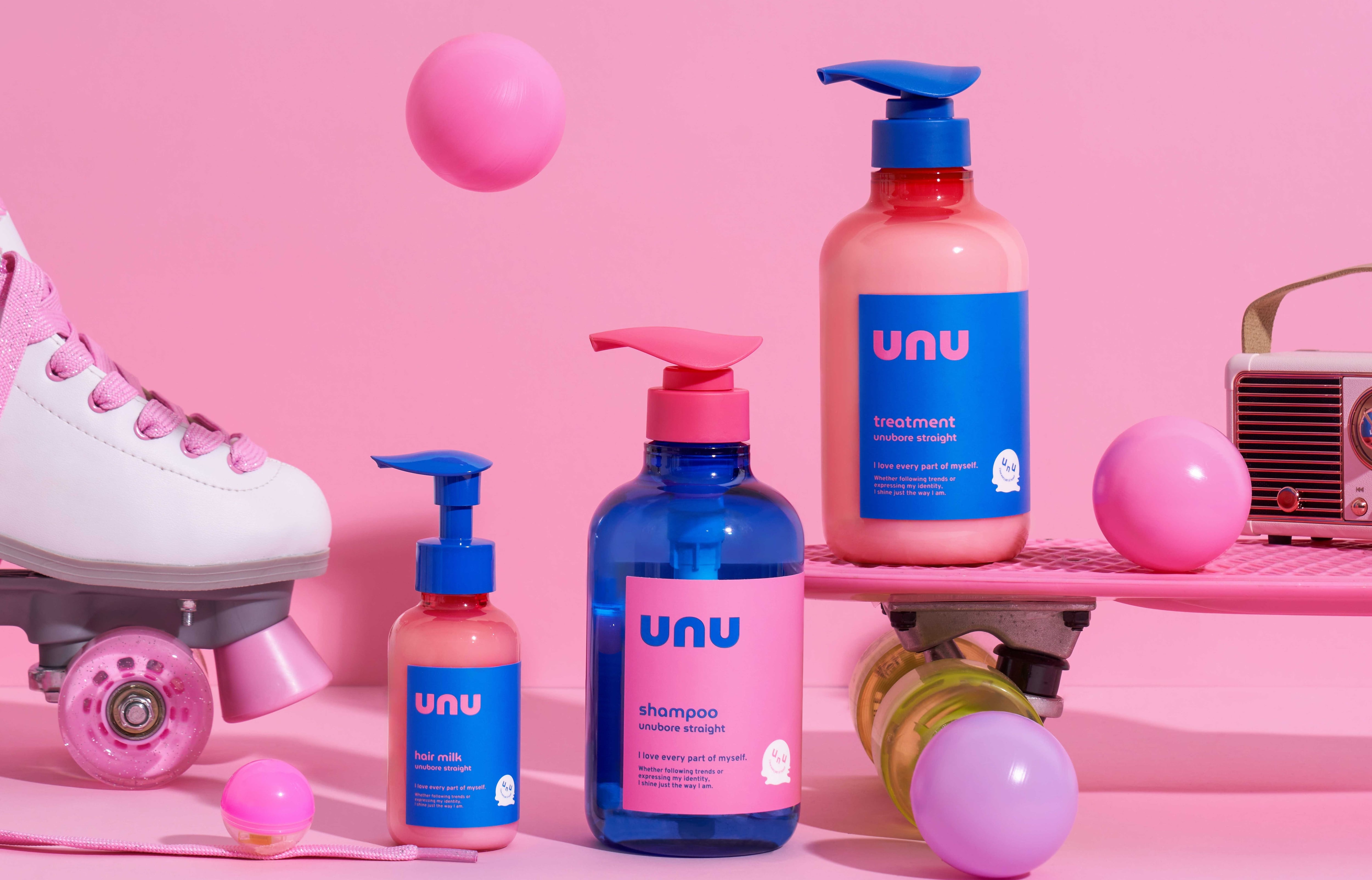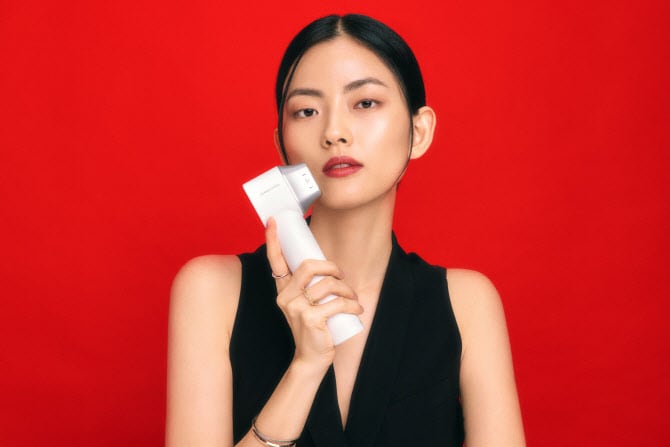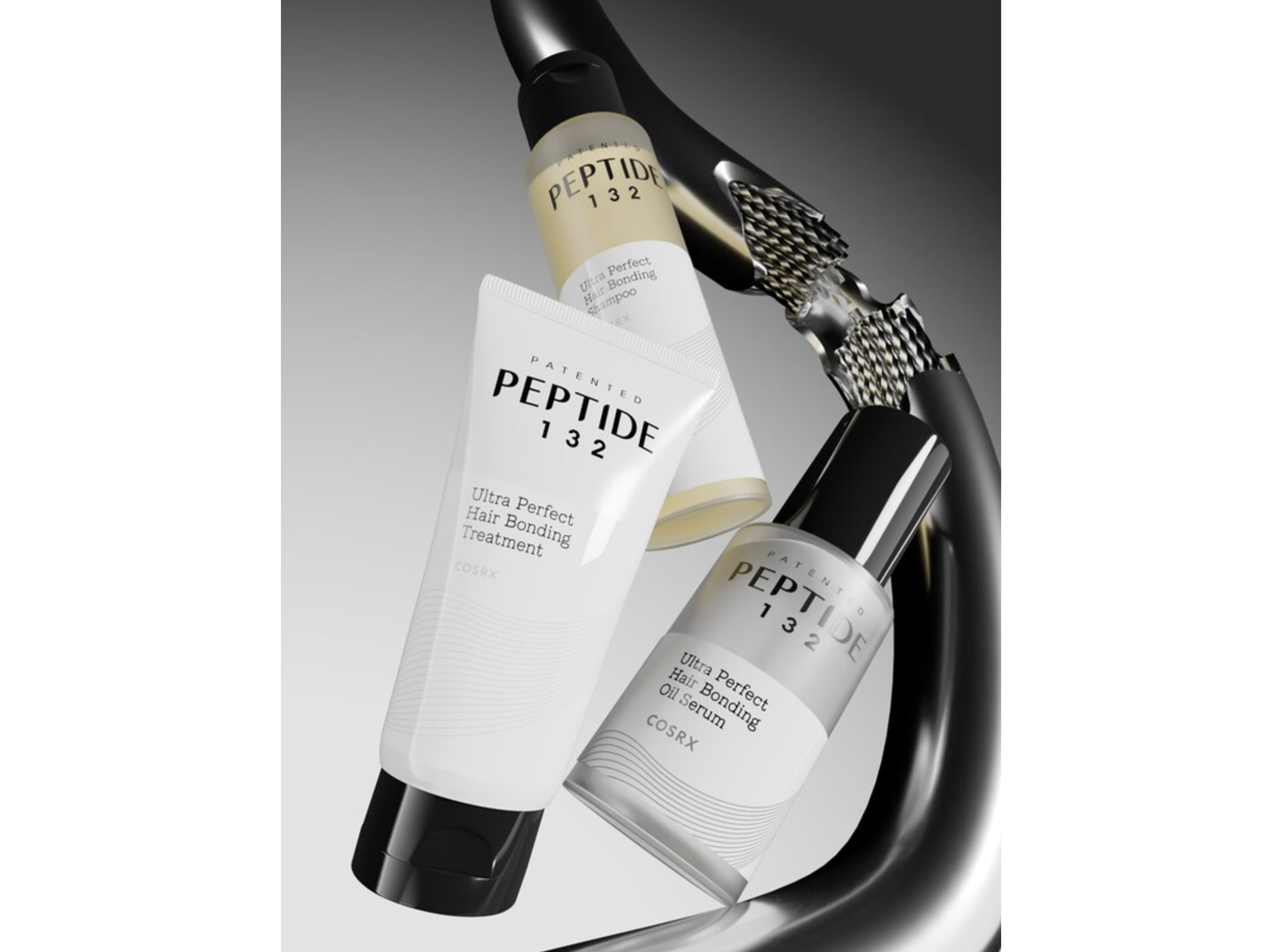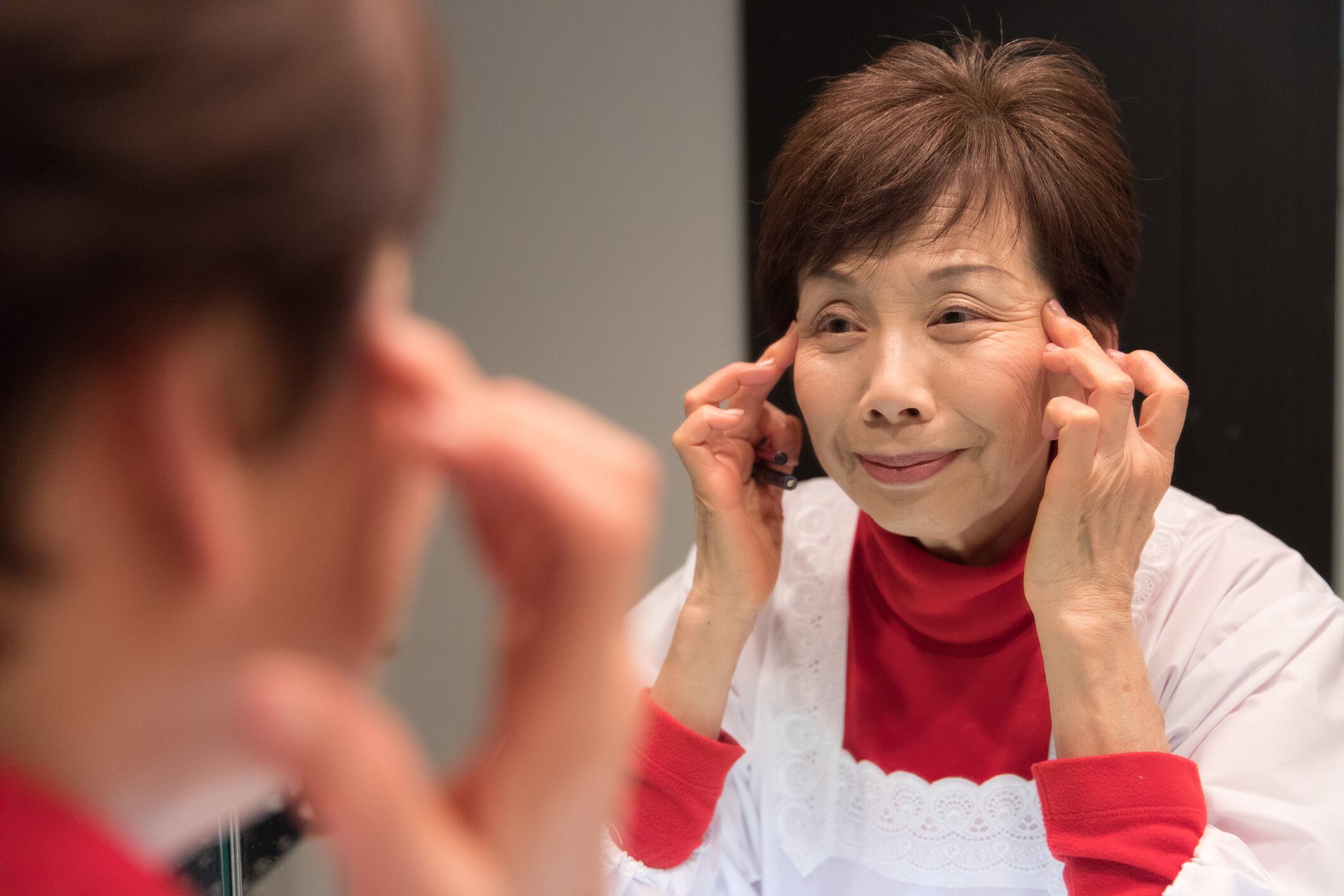
Three key areas in K-beauty to look out for in 2026
Find out the three key areas, including shifts in consumer needs and categories in demand, that are expected to shape the development of K-beauty in 2026.
News & Analysis on Cosmetics Innovation

Find out the three key areas, including shifts in consumer needs and categories in demand, that are expected to shape the development of K-beauty in 2026.

Seoul-based cosmetics company linnofashion has launched a comprehensive international expansion strategy, positioning itself as a leader in merging K-beauty innovation with customised local market penetration.

LG Household & Health Care (LG H&H) is set to double down on its R&D for next-generation beauty tech devices that integrate personalisation and wearability.

A new study from Taiwan has reported that a blend of Astragalus membranaceus and Centella asiatica saponins (ACS) improved multiple markers of skin health when used both as a topical cream and as an oral supplement.

K-beauty veteran Lee Kaja sheds light on how the perception of beauty, including hair care, has shifted in South Korea, with personalisation becoming an important area of focus.

South Korean beauty giant Amorepacific has jointly developed a beauty tech system with Massachusetts Institute of Technology (MIT), which it says goes beyond observation to prediction and management of skin changes.

This round-up highlights new product launches in the Indian market, which underscore the growing importance of oral care and democratisation of beauty for men.

The K-beauty boom is showing no signs of slowing, as Korean skin care brands like Dr.G, MEDIPEEL, and Dr. Althea continue to actively expand their global footprint.

Clariant’s Care Chemicals recently unveiled its expanded facilities in Daya Bay, China, which it says will play a crucial role in the company’s growth strategy in Asia.

South Korean firm APR Corp says that its cosmetics and beauty divisions were key growth drivers for the third quarter of 2025, leading to record-breaking financial results it recently announced.

A new lipidomics study of 151 healthy Chinese women has reported clear, age-linked shifts in facial stratum corneum lipids between ages of 19 and 33 years.

Kolmar Korea is the only cosmetics company selected to lead an AI project funded by South Korea’s Ministry of Trade, Industry and Resources (MOTIR), aimed at driving next-generation manufacturing.

A South Korean study has presented an eco-friendly way to supercharge ferulic acid in two traditional herbs, Cnidium officinale (CO) and Angelica gigas (AG), using hot-melt extrusion.

Kao Corporation has uncovered a biological reason for sensitive skin often experiencing stinging or burning sensations despite appearing normal, as well as a potential way to ease these symptoms.

Researchers in South Korea have reported that ε-viniferin — a compound formed when two resveratrol units join — and an ε-viniferin-enriched extract from grape flower cell cultures can help human skin cells repair themselves.

Suntory-owned men’s skin care brand KIZEN seeks to answer the rising demand among US male consumers for skin care that delivers “maximum impact with minimal effort”.

New research from Japan has identified peony root extract as a multifunctional cosmetic ingredient that can inhibit the interaction between advanced glycation end products (AGEs) and their receptor (RAGE), and reduce AGE formation and alleviate skin...

A multifunctional ingredient, polyethylene glycol (PEG) 23 glyceryl distearate (GDS-23), has been shown to enhance skin barrier function, moisture retention, and antioxidant activity, according to a new study by researchers at Showa Medical University.

This round-up highlights the latest news and developments from the South Korean beauty market, featuring Amorepacific’s financial results, AESTURA’s entry into Oceania, K-beauty’s moves in Western markets, and more.

Japanese hair care brand unu is releasing a range of products containing ingredients that deliver both internal and external repair, which are specially targeted at straight hair.

LG Household & Health Care (LG H&H)’s beauty division saw a decrease in sales and operating profit in the second quarter of 2025, which it says is caused by intensifying market competition and domestic business restructuring.

A study in South Korea found that the two-week application of a formula containing CICA-derived exosomes produced significant improvements in pore characteristics, hydration, dermal density, and wrinkle depth.

Amorepacific has reported increases in sales and operating profit across domestic and international markets in the second quarter of 2025, attributing them to the strong performance of its flagship brands and core products.

Kyoto-based MY ONLY FRAGRANCE has observed a sharp increase in consumers who prefer concocting their own fragrances, particularly among males, as well as shifts in customer mix.

GS25 is introducing an AI device that provides personal colour analysis and product recommendations, in a bid to establish itself as a one-stop beauty platform.

A Korean court recently ruled in favour of an indie K-beauty brand in a product-copying lawsuit against retail giant Olive Young.

Amorepacific-owned COSRX has launched its first hair care range made using a patented peptide technology, as the company makes progress in hair fortification research.

Brands from South Korean cosmetics manufacturer Neopharm are targeting the body care needs of consumers during the summer season through various launches.

Japanese skin care brand INSiTU is partnering with a cosmetic acupuncture and moxibustion clinic to retail its products, amid growing interest in post-treatment home care.

This round-up highlights the latest news and developments from the South Korean beauty market, featuring the cost-effective cosmetics trend, APR Corp’s guidelines on counterfeit products, and more.

A new clinical study has confirmed that 2-aza-8-oxohypoxanthine (AOH) can lessen wrinkles by enhancing skin hydration and strengthening the skin barrier, offering cosmetics manufacturers a novel bioactive with measurable anti-ageing effects.

South Korean convenience store chain CU has installed tattoo kiosks at two high-traffic locations to capture the trend of self-expression through body art and to diversify its offerings beyond traditional products.

South Korean beauty companies are actively pushing out new brands with products distributed via budget retailers to ride on the burgeoning “cost-effective cosmetics” trend.

South Korea’s foamgle is making first foray into overseas markets after completing the US FDA OTC (over-the-counter) registration for its dual-function oral care product.

Kao Corporation-owned makeup brand KATE is set to roll out several campaigns and collaborations as part of a broader strategy to accelerate global growth, particularly across Asia.

Japanese biotech start-up TIME TRAVELER has launched a supplement targeting the ageing generation and formulated with parsley-derived exosomes, which it claims to be a first in the market.

Japanese cosmetics major Shiseido aims to lead the anti-ageing market through an upgraded version of its ULTIMUNE serum, which it says can slow the skin ageing cycle.

South Korean convenience store chain GS25 has pushed out a new makeup line, as consumer demand and competition for “cost-effective cosmetics” intensify.

South Korean beauty tech firm APR Corp has released guidelines relating to counterfeit products, which it has found to be on the rise, urging consumers to purchase only from official sales channels.

South Korean hair care brand Grabity has launched in Taiwan with a sold-out debut on a live-selling broadcast.

Japanese brand WOLG seeks to ignite a new trend of “masculine makeup” to dispel stereotypes and boost the growth of men’s cosmetics globally, starting from its local market.

A study funded by LG Household & Health Care (LG H&H) has found an ingredient formulation modified from traditional herbal medicine Gongjin-dan to possess several anti-ageing properties.

South Korean derma cosmetics brand sisua has released a lip tint product containing spicules, which it says is an “natural alternative to microneedling”, in Japan.

French luxury brand Givenchy Beauty is launching a collagen-focused, anti-ageing skin care range, targeted at restoring youthful contours of the face, in Japan.

South Korea-made sunscreens are among the imported products that US consumers have been stockpiling since the Trump tariffs were announced, but K-beauty is expected to retain its competitive edge in the market even with price hikes.

South Korean makeup brand BRAYE recently introduced a lip tint range with pen-like packaging, which it says combines style and convenience, to the Japan market.

Cosmetics ODM company Kolmar Korea has unveiled a new sunscreen technology that overcomes formulation challenges by integrating the strong ultraviolet (UV) protection of inorganic sunscreens with the superior spreadability of organic sunscreens.

Neopharm is accelerating its Japan expansion by growing the presence of its skin care brands Realbarrier and Derma:B across multiple retail channels.

Cosmax has partnered with eBay Japan to support the entry and growth of South Korea’s indie beauty brands into the Japanese market as it solidifies its global position.

South Korean derma beauty brand COSCELL has launched a new product containing plant-based polydeoxyribonucleotide (PDRN), amid growing interest and popularity of the ingredient.